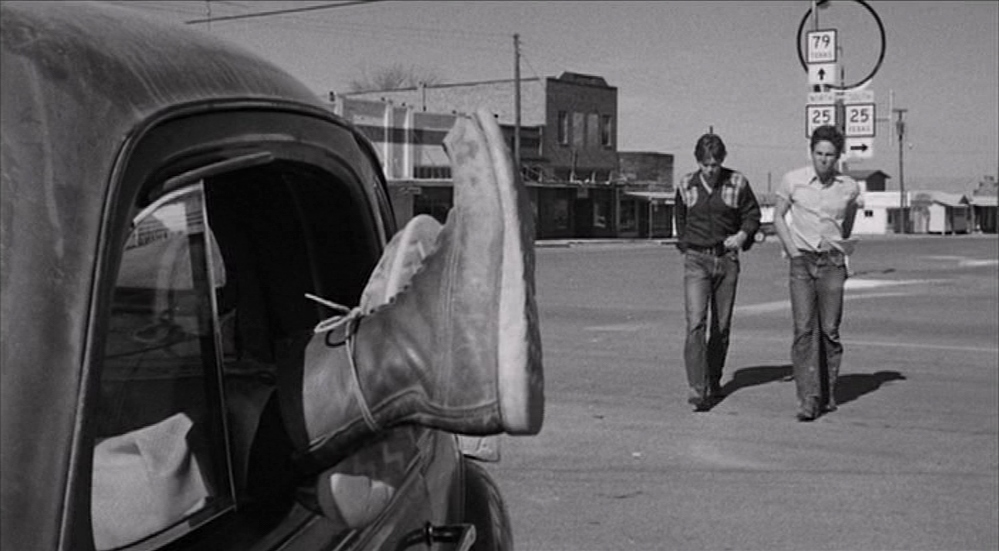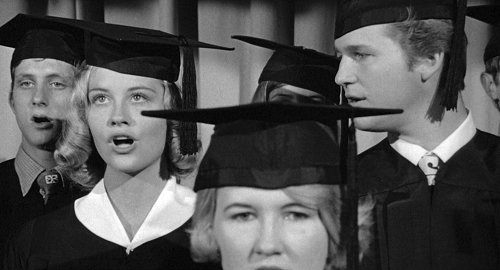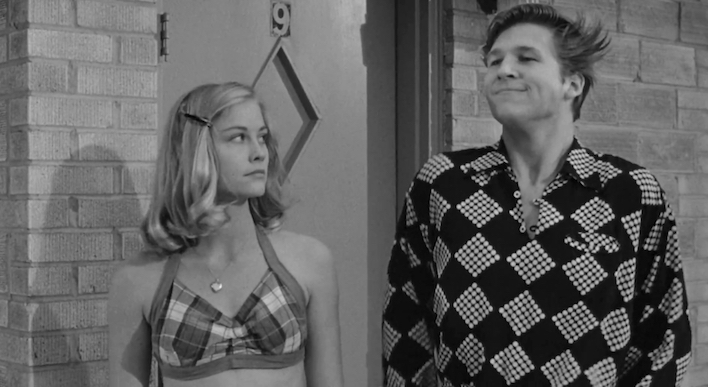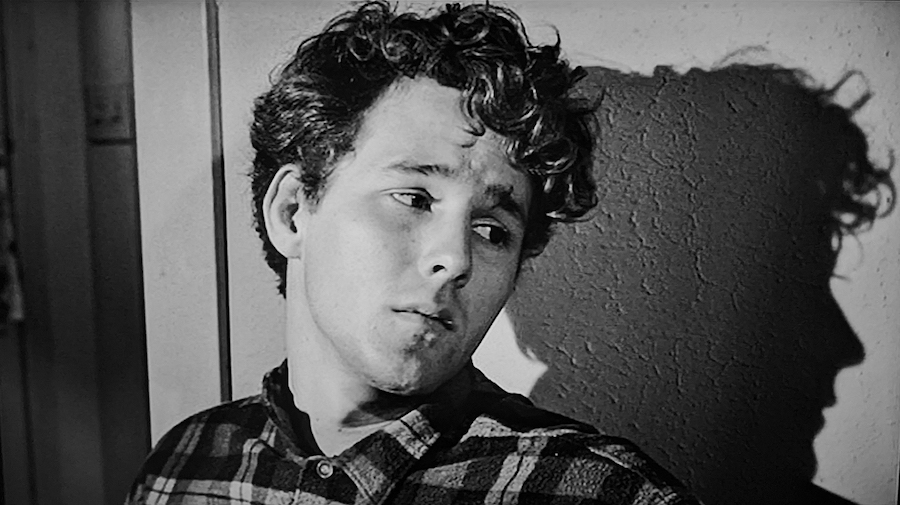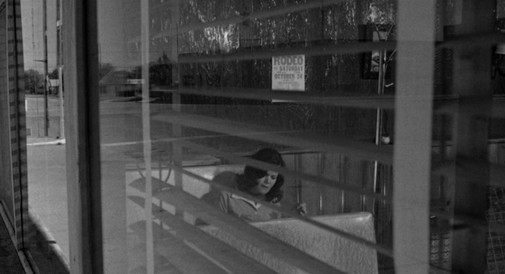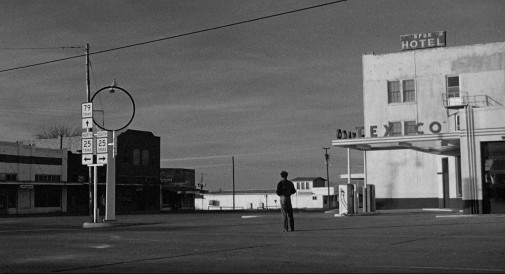by Nathaniel R
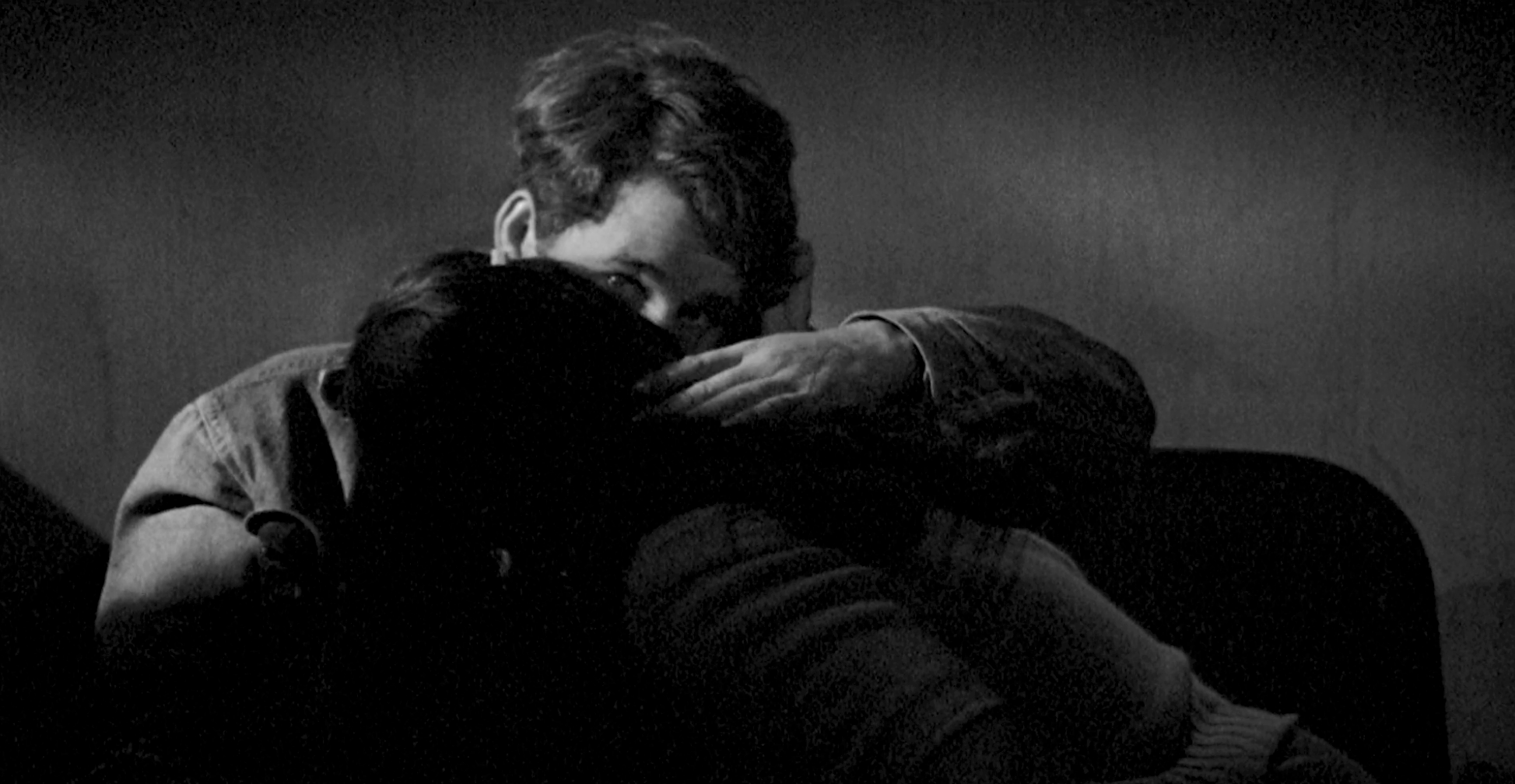 Bronze Medal choice for Best Shot
Bronze Medal choice for Best Shot
The power of Peter Bogdanovich's unassuming breakout feature, The Last Picture Show (1971) sneaks up on you. It's often called a coming-of-age film which is not inaccurate but... coming to what? and of which age? It's mosaic of characters ranges in age from teenagers to senior citizens and at times it feels like they're not so much coming into something as never leaving it; They're lost souls in a ghost town. If you've never seen the film you might assume that a movie theater is a main character but not really. The theater is just one of the haunts that the central trio of high school seniors (Jeff Bridgess, Cybill Shepherd, and Timothy Bottoms) kill time at. They're less interested in the movie than in making out in the back row, anyway...
Well, not always. Sonny (Timothy Bottoms) is definitely more interested in onscreen Elizabeth Taylor than in his girlfriend in that first image above. The cinematographer Robert Surtees (nominated against himself that year as he was also up for Summer of '42) and the then fairly new director Peter Bogdanovich (here beginning one of the greatest three picture runs in film history) were wise to shoot the picture in black and white though by 1971 they were already out of fashion. Black and white provides an elemental and elegaic feel to the movie about a town, any small town really, that's going the way of the dinosaur.
One of the movies most insightful visual and performance strategies is in the act of looking. It's not just that there's not much else to do. It's boredom for the parents but for the teenagers it's that plus the self-consciousness of adolescence and the curiousity about sex.
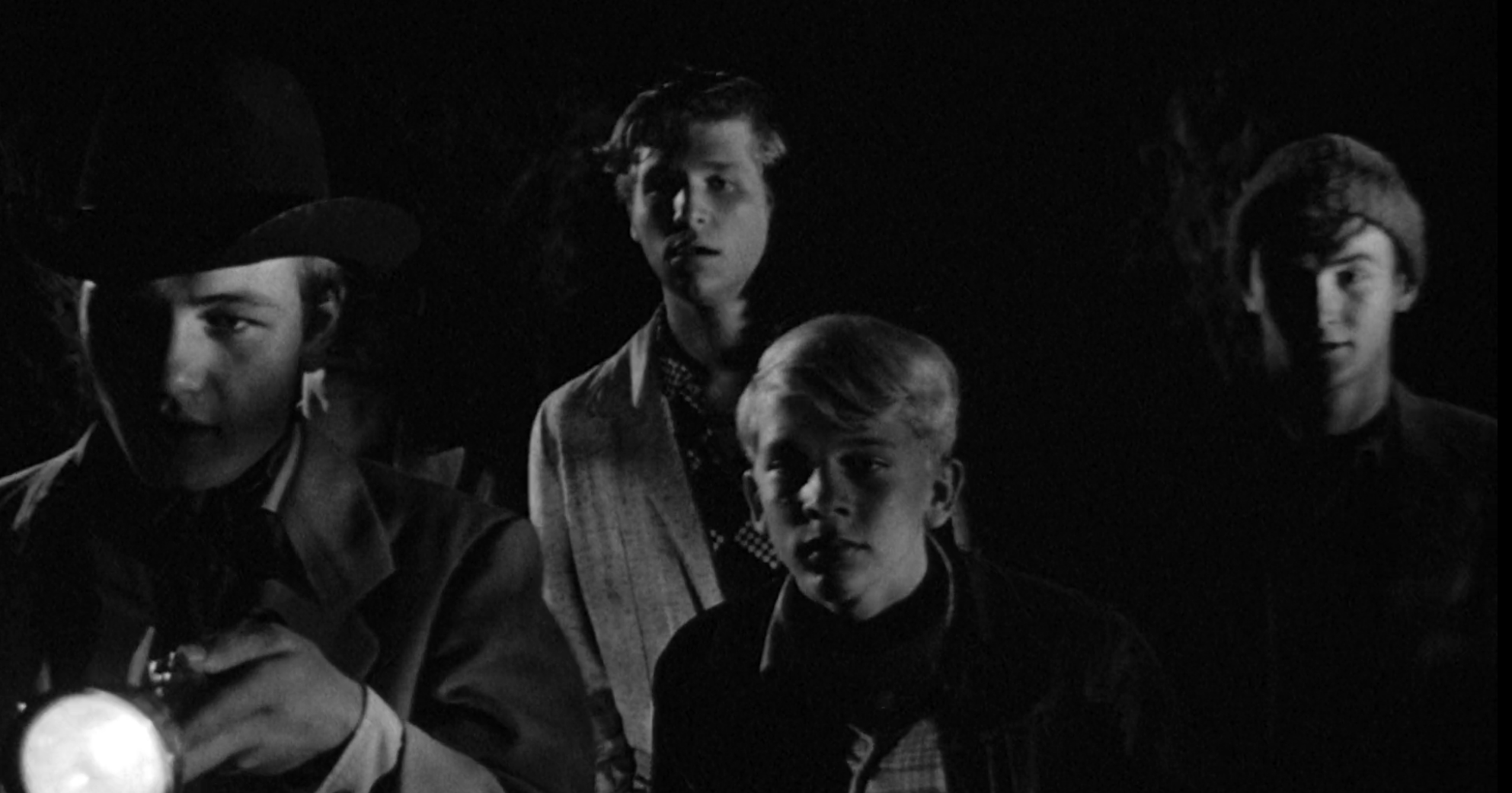 silver medal choice.
silver medal choice.
The most obvious example of this is the infamous pool party when Jacy (Cybill Shepherd) strips on a diving board while a group of her leering naked peers stare at her in unison as the camera pans across them; it's the price of admission to this party.
But a more upsetting scene deploys a similar image, albeit in darkness. Dwayne (Jeff Bridges) and Sonny (Timothy Bottoms) force one of their friends into laying naked on top of a prostitute. There's a shot where the group backs up, slightly out of focus, with flashlight in hand, staring at what is and isn't happening in the prostitutes car. They look more scared than turned on and the guilt is real.
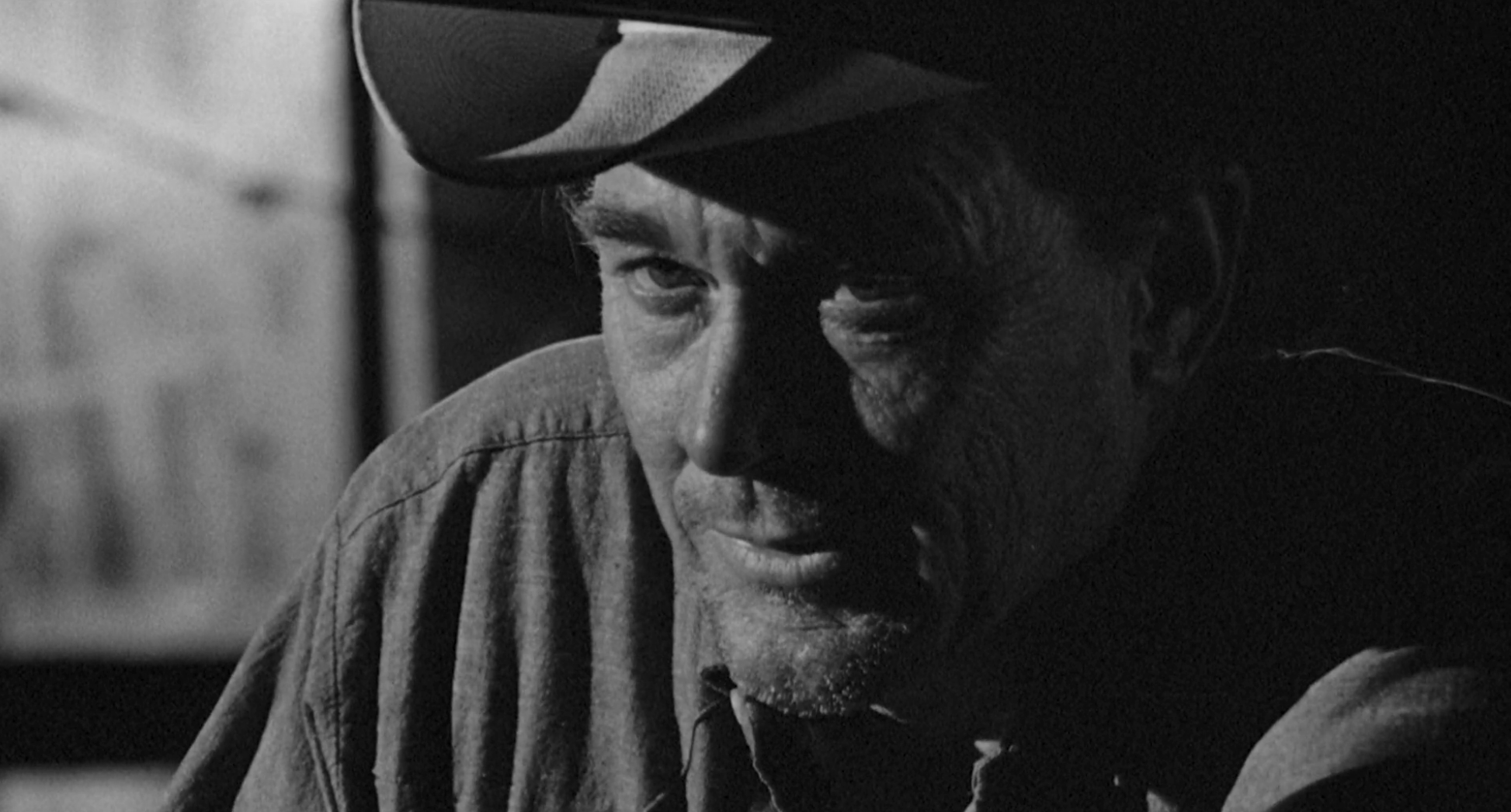

A direct non-sexual gaze is always fascinating in the context of this film. In one of the film's best scenes the boys decide to take a trip to Mexico. At first they're happily laughing and chatting with Sam the Lion (Ben Johnson in his deservedly Oscar winning performance) but he goes silent for a beat too long after what the boys thought was a joke. It wasn't? Is he waiting for them to speak? Has he read their minds? The boys eyes drop, suddenly ashamed. "Oh well, see you." Sam says, almost cryptically, breaking the discomfort.
The film's teenagers are constantly soaking up visual information from their adults and each other. The looking is so centered that the act of not looking becomes just as impactful. The teenagers avert their gazes frequently from shame or anger or shyness or irritation. Other times, particularly in the sex scenes they're directly looking with comic wonder.
The films visual strategies and the act of looking inform the first botched sex scene between Dwayne and Jacy.
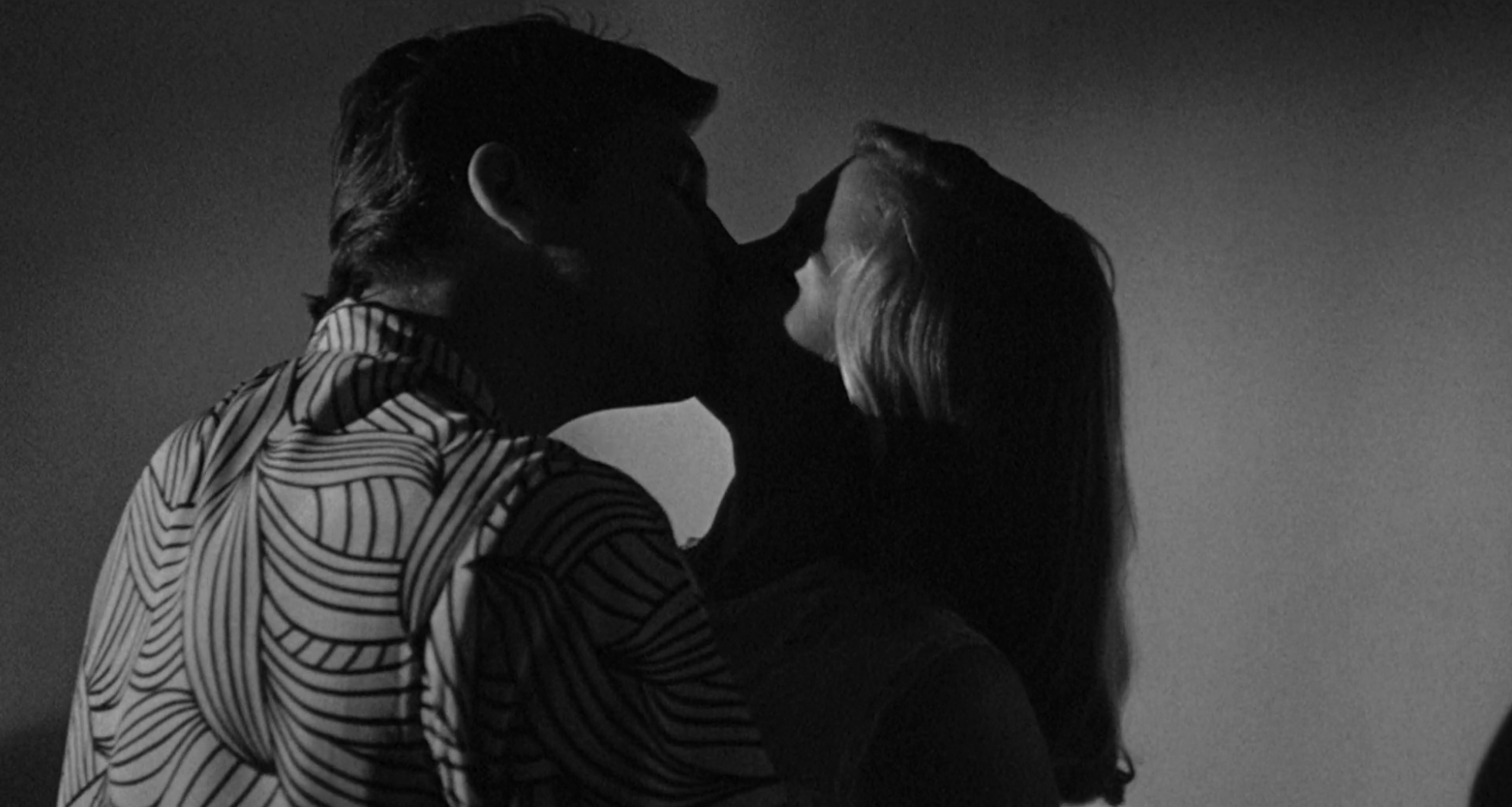
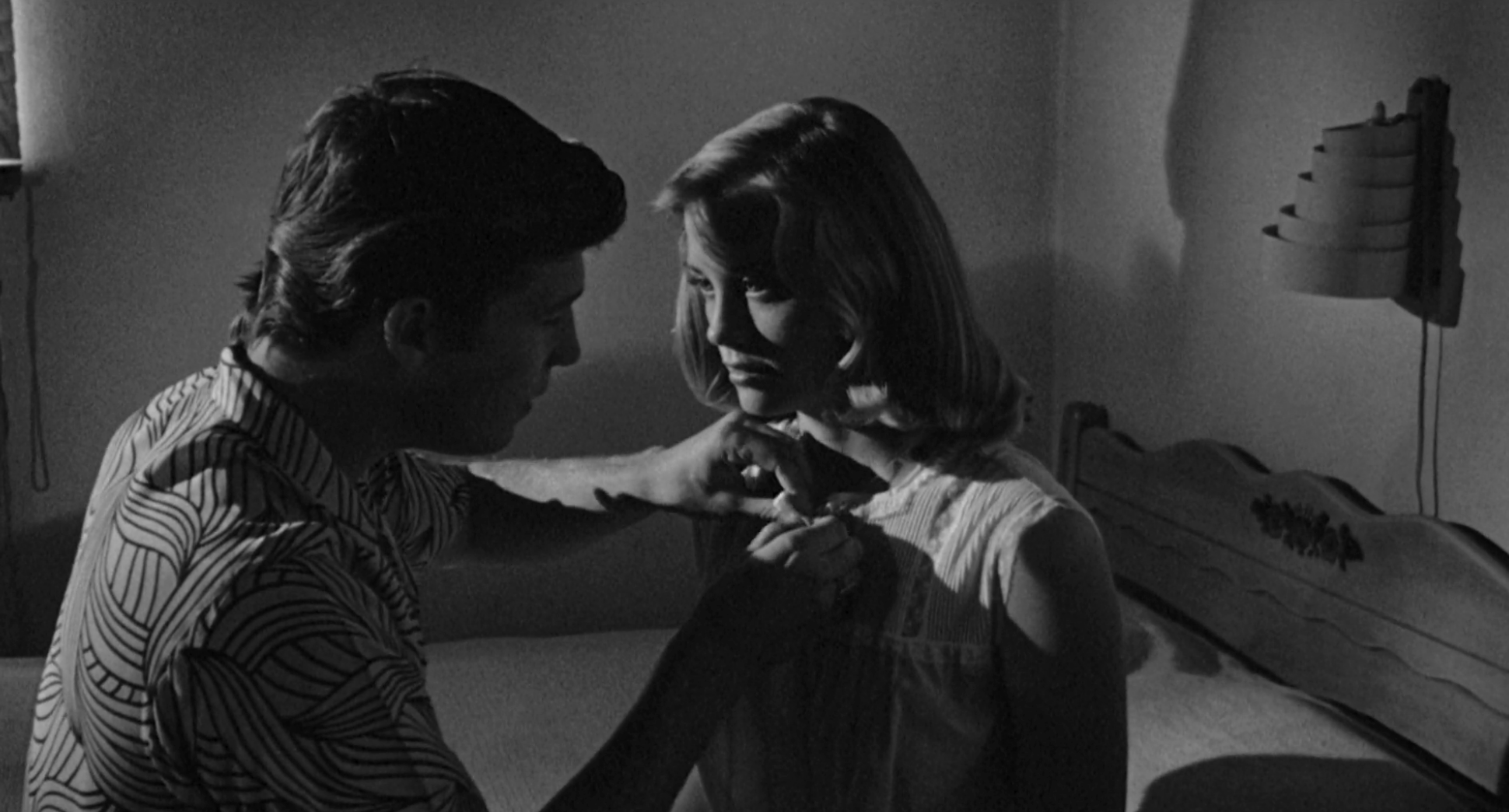 BEST SHOTThe lighting on this chosen shot is a wonder. Black and white already pares down visual information but here it's even more starkly reduced. As the pair kisses they're reduced to mostly shadows. As they hit the bed Dwayne remains in near-silhouette as he unbuttons his girlfriend's blouse. Note that he's not even looking at her but at her body. Meanwhile, Jacy is staring so intently at Dwayne that it reads less like attraction and more like domination. She's engineered this virginity-losing evening for her own secret purposes and it has almost literally nothing to do with him.
BEST SHOTThe lighting on this chosen shot is a wonder. Black and white already pares down visual information but here it's even more starkly reduced. As the pair kisses they're reduced to mostly shadows. As they hit the bed Dwayne remains in near-silhouette as he unbuttons his girlfriend's blouse. Note that he's not even looking at her but at her body. Meanwhile, Jacy is staring so intently at Dwayne that it reads less like attraction and more like domination. She's engineered this virginity-losing evening for her own secret purposes and it has almost literally nothing to do with him.
Jacy's increasing experimention with her sexuality as well as her intimidating directness and comical impatience make it clear that the apple didn't fall from from the tree. Jacy is quite obviously going to become her mother Lois (Ellen Burstyn, sensational here).
And speaking of her mother. In one key scene late in the picture Lois comfort's Sonny about her daughter's callousness. She is the only person in the film that truly understands Jacy. It's no accident that Sonny is wearing an eye patch in this sequence from an earlier injury. Lois is telling Sonny a story about Sam who she loved and lost. Nobody ever measured up thereafter. "I've looked. Believe me I've looked" she says defeated. For all the staring the men do throughout The Last Picture Show, wih the exception of Sam, they rarely see.
More choices from our Best Shot club follow. Click on the image for the article or post.
*
Alexander Georgakis on Twitter (Thread)
Keisha at Cinema Cities (Article)
Ben Miller at Ice Cream 4 Freaks (Article)
Ryan on Twitter (Thread)
Cláudio Alves at The Film Experience (Article)
Ronald Lankford on Twitter (Thread)
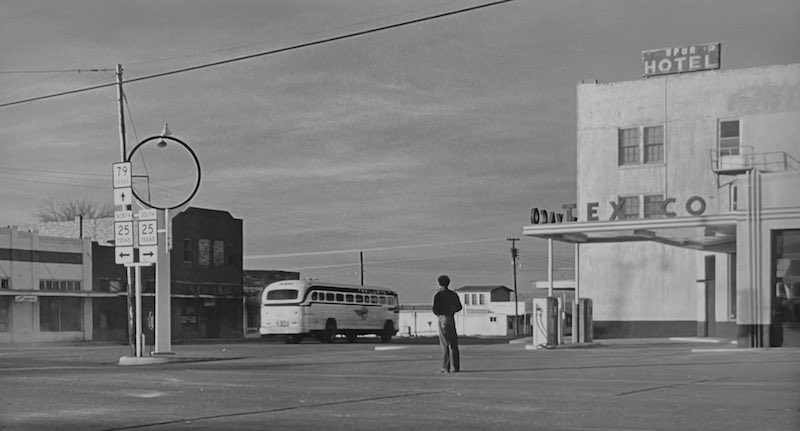
Christian Bonamusa on Twitter (Image)
Here's the schedule for the next few weeks. Join us.
